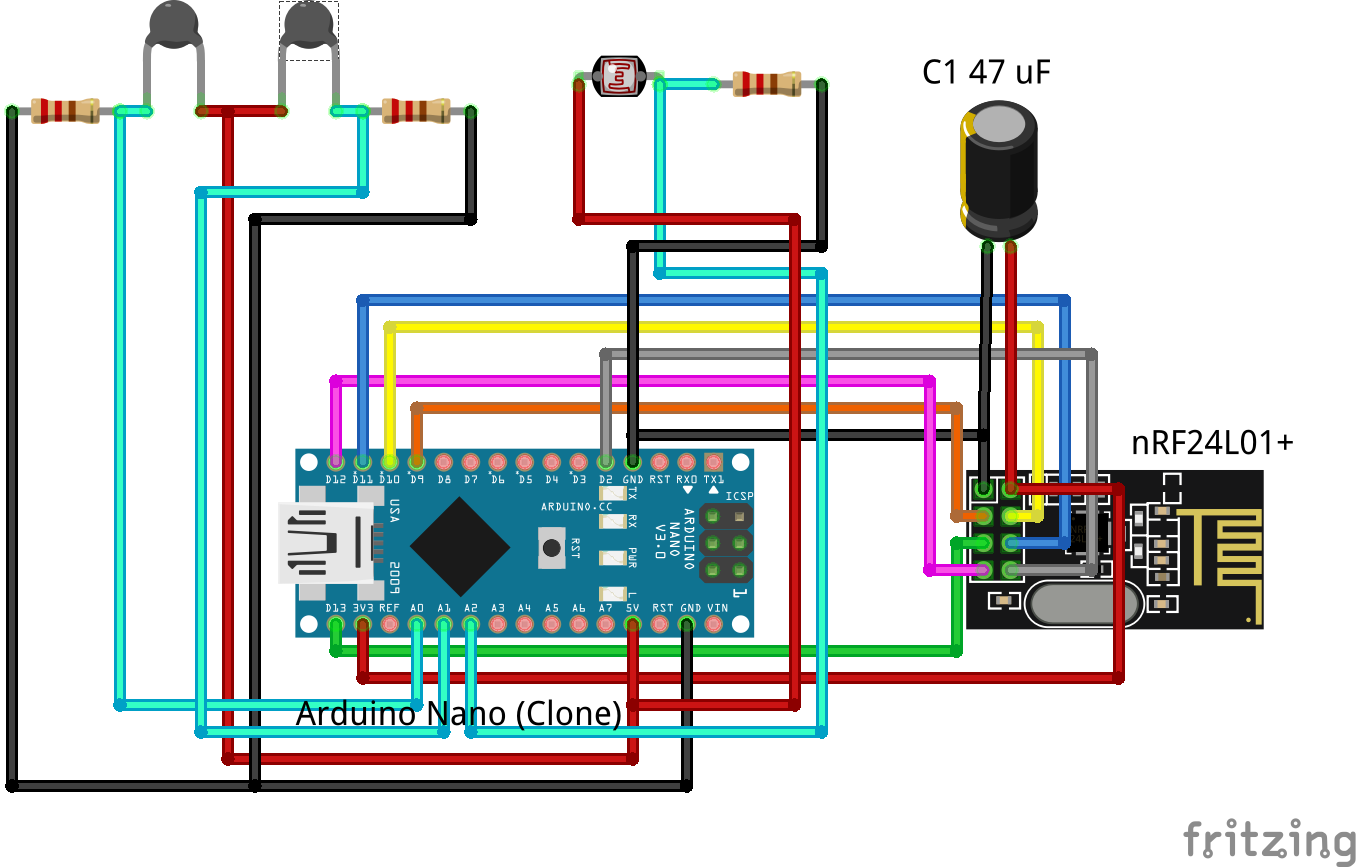-
Add Seamless Android Access
08/23/2016 at 00:31 • 0 commentsI just came across a few tools that may, with sufficient modification, allow full control via your Android/iDevice. This is still very much a work in progress, but this would allow full control from an "app" from your phone. These instructions are going to be for Android, because I'm a poor hacker.
1. Install Orbot. (Tor client for android). Also install NR Inject.
2. In Orbot, do Settings> Select Apps> and find NR Inject. Then close.
3. Install in Node-Red the module "node-red-contrib-nr-injector"
4. You'll see the new node in Node-Red in blue called "NR Injector". This is now an input that can toggle things on, off, and such... I'm playing around with it as well to figure out how to shim it in correctly. But for test, hook it up to a debug.
5. In NR Injector app on Android, type in your Tor address...... which doesnt seem to work. Submitting patch to remove
-
IoT Door sensor
08/22/2016 at 23:58 • 0 commentsFor this, is a way to add a button actuator (for doorbell) along with a reed switch. Substitute one of the buttons for the reed switch - those magnetic thingies that act as a switch.

The code to put on the Arduino is here:https://cdn.hackaday.io/files/12985555550240/BinarySwitchSleepSensor.zip -
Refridgerator/Freezer Node
08/22/2016 at 16:03 • 0 commentsthe code We have a Samsung fridge/freezer. We've called multiple times about the fridge not cooling. They sent a technician out once, and chipped away and used hot air to get rid of the ice. Lo and behold, 1 month later, ice accumulates and causes the fridge to get in the 50f and above range.
So... IoT to the resuce! Wire up the Arduino Nano to the nRF24L01+ as per every board we use here. Next, you need 2 thermistors and ideally a photoresistor. This is the circuit (Fritzing file in files):

And here's the code for the Arduino to get you up and running:https://cdn.hackaday.io/files/12985555550240/fridge_sensor.zip -
WS2812 (Neopixel) Node
08/22/2016 at 15:30 • 0 commentsWs2812 node created (Neopixels). The code is the zip file called FastLED_node.zip . Instead of the Adafruit Neopixel library, this uses the FastLED library.
FastLED library is a such nicer lib to use, with plenty of extra abilities built in. And it's smaller to boot as well.
Files: https://cdn.hackaday.io/files/12985555550240/FastLED_Node.zip
When you use this node, make sure to use the correct data pin for the strip, and change the number of pixels you have for your strand. We can't autodetect them.
Multisite Home/Office/Hackerspace Automation
Toolchain to start making your environments connected in a single cloud
 Joshua Conway
Joshua Conway
